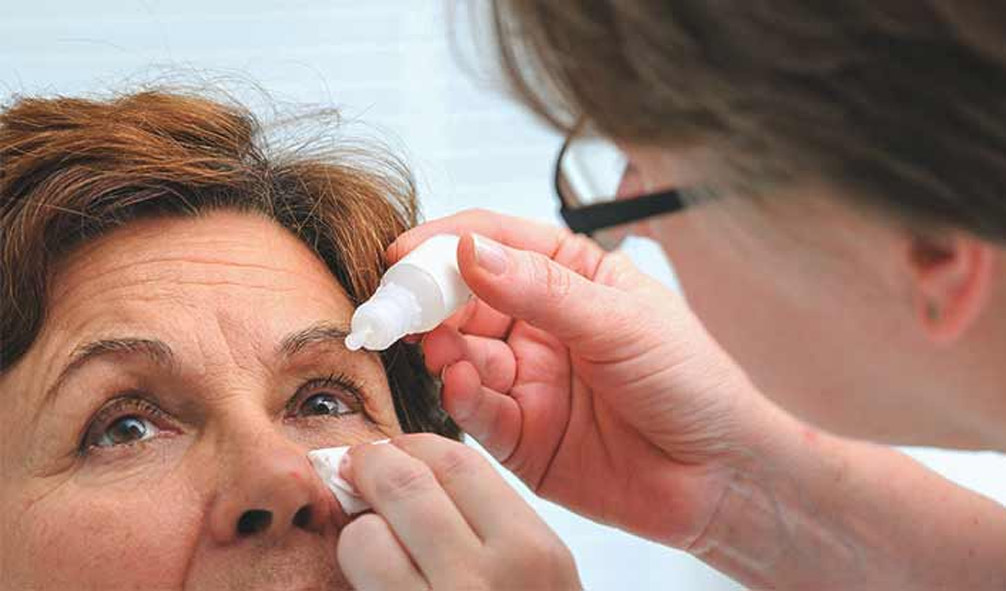Our world is becoming more and more technologically-inclined. Moreover, we are improving on things; making everything a lot easier. From our entertainment, communication – to our health and well-being, technology can be key. Right now, one of the main things I’ve noticed over the years is that more and more young people have poor vision. Although we have different surgeries and treatment for vision improvement, it’s still going to be a lot money, time, and effort.
In today’s generation, it’s frankly quite normal to see people with glasses or people wearing contact lenses. However, after research from Shaare Zedek Medical Center and Bar-Ilan University of Israel, vision improvement could be technology’s next milestone. According to their study, eyeglasses and contact lenses could soon end.
Zeev Zalevsky, a professor of electrical engineering and nanophotonics at Bar-Ilan University,one of the leaders of the study, was able to come up with nanoparticle infused eye drops that would treat both far and nearsightedness, the professor told Digital Trends.
The process for treating it would involve three steps, says Zalevsky.
Could you guess what steps it would take? To tell you, it would involve a patient measuring eye refraction by using a smartphone application. Afterwards, doctors will map a laser pattern on the corneal surface of the eyes; this process takes less than a second. From this point on, patients could already use the nanoparticle-infused eye drops.
According to Zalevsky, these nanos modify something in the patterns the laser mapped thus, correcting the vision of the user.
“These nanoparticles go into the shallow ablated patterns generated on the surface of the cornea. They change the refraction index inside of those patterns. This corrects the visual problem the user has. The process of correction can be done at home without the need of a medical doctor.”
If you’d think of it as something that an ophthalmologist should do, think again. Although prior to you dropping these liquids to your eyes you might need a bit of assistance, maintaining and doing the dropping doesn’t. According to the team, the process would just tackle the exterior of the eye, making it safe for patients to do on their own. In our own homes, we can make vision improvements all by ourselves.
On the other side of the page, although this treatment hastily heals the eye, its effects doesn’t last that long. Comparing it to the improvements done by surgeries, patients who would undergo this treatment would have to reiterate the process after one (1) to two (2) months to maintain their improved eyesight.
Would you think that this technology is something that could change the world? Is this the start of the age where surgery won’t be necessary? Would this be the time when everything can be done on our own without the assistance of medical professionals?

